Financial Plan: Cash Budgeting and Financial Analysis (FIN/375)
VerifiedAdded on 2022/08/23
|6
|1021
|22
Report
AI Summary
This report presents a comprehensive financial plan tailored for a small business, addressing key aspects of financial management. It begins by exploring the potential benefits and drawbacks of a cash flow budget, emphasizing its role in maintaining cash balances and meeting obligations while also acknowledging the difference between cash balance and profit. The plan outlines expected business expenses, encompassing labor costs, variable expenses (materials, overheads), marketing, and fixed expenses (rent, etc.), alongside sources of revenue, primarily sales and potential borrowing. The report includes a detailed income statement, balance sheet, and cash flow statement, providing a clear view of the company's financial position. It also explains how to adjust the cash budget to manage unforeseen circumstances and market fluctuations. The difference between operating and cash budgets is highlighted, along with the importance of budget variance analysis for monitoring performance and controlling costs. The report concludes with recommendations for preparing cash budgets, incorporating contingencies, and improving profitability, supported by references to relevant financial management literature. The student assignment is available on Desklib for further study.
1 out of 6
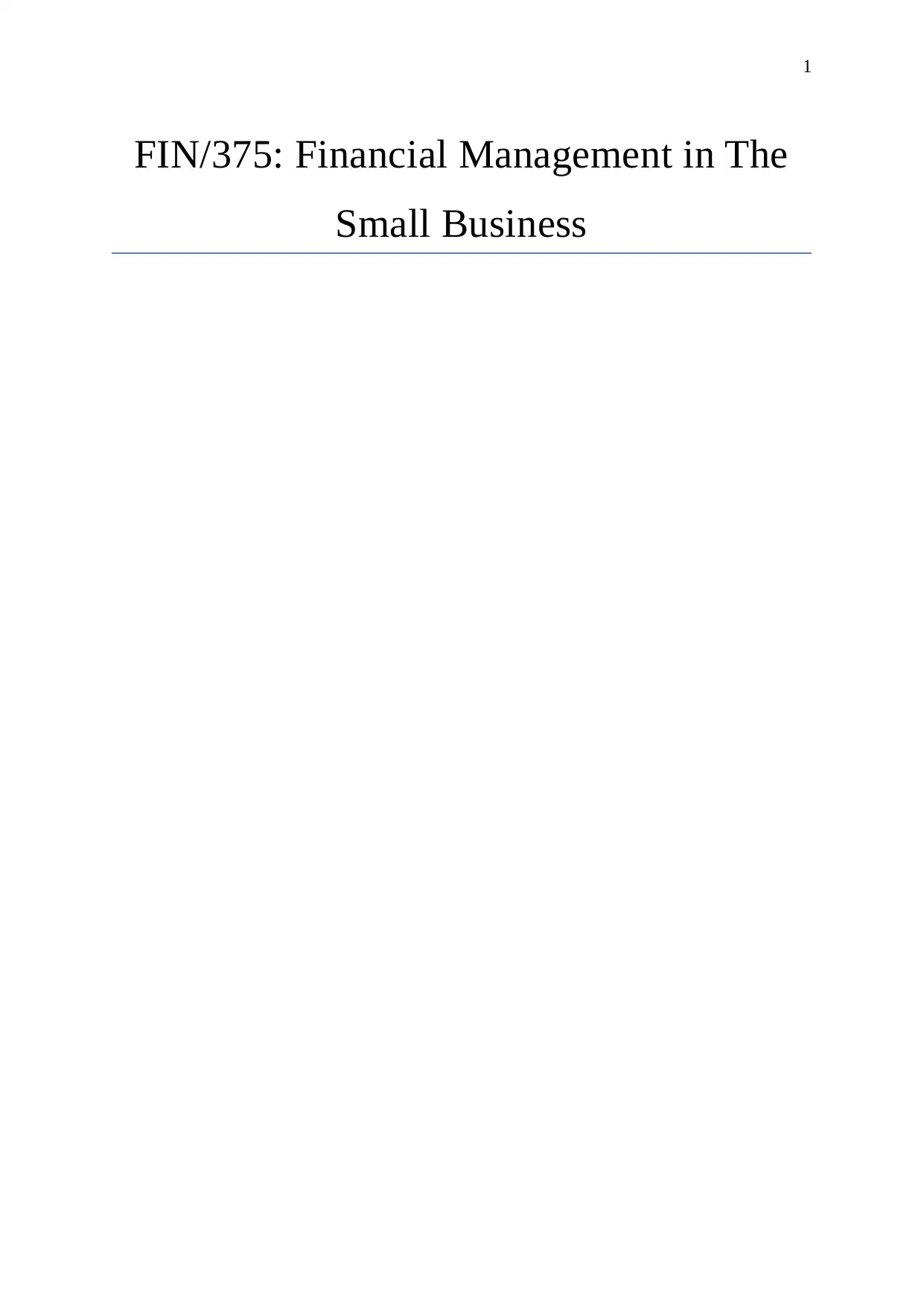
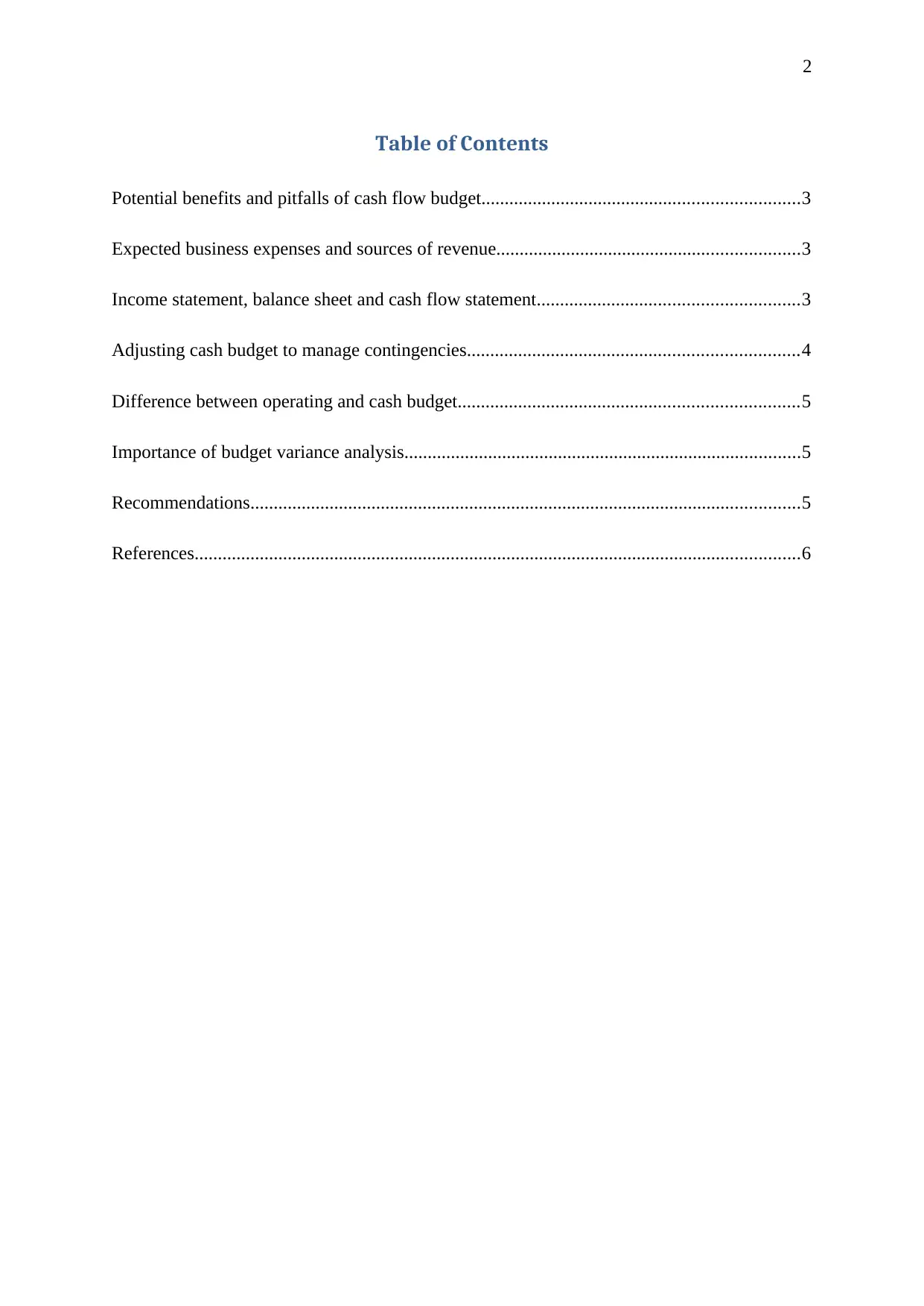
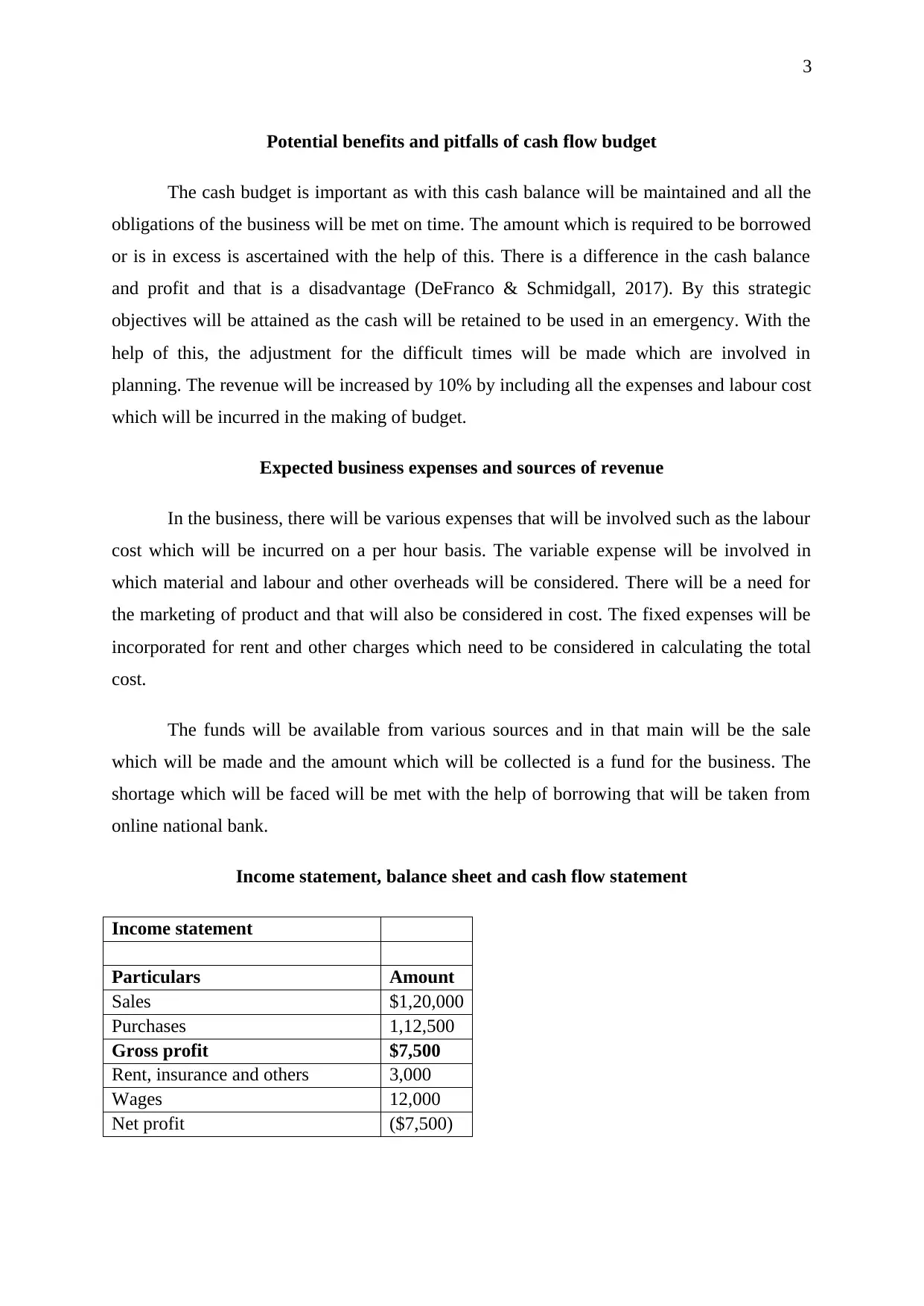

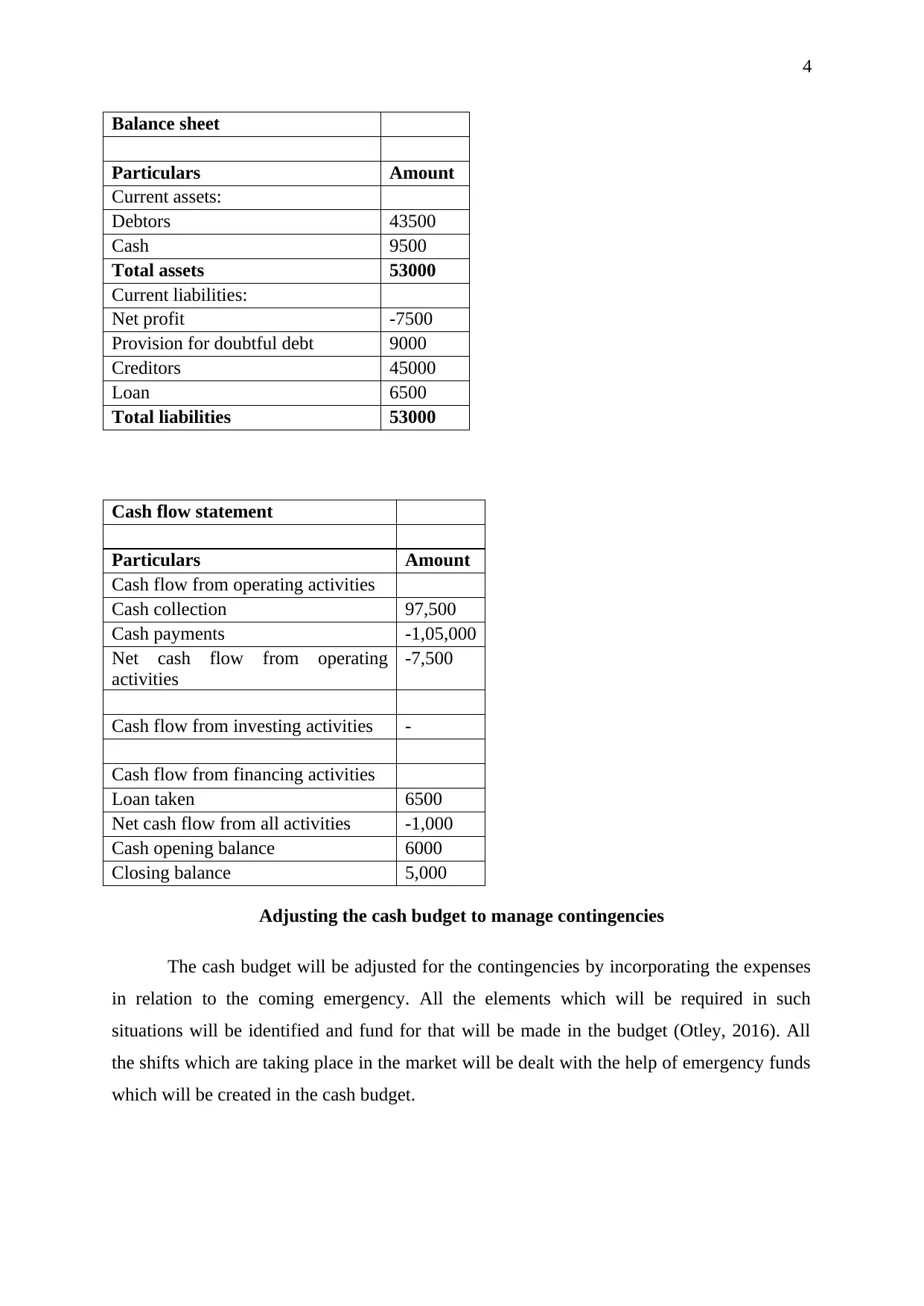

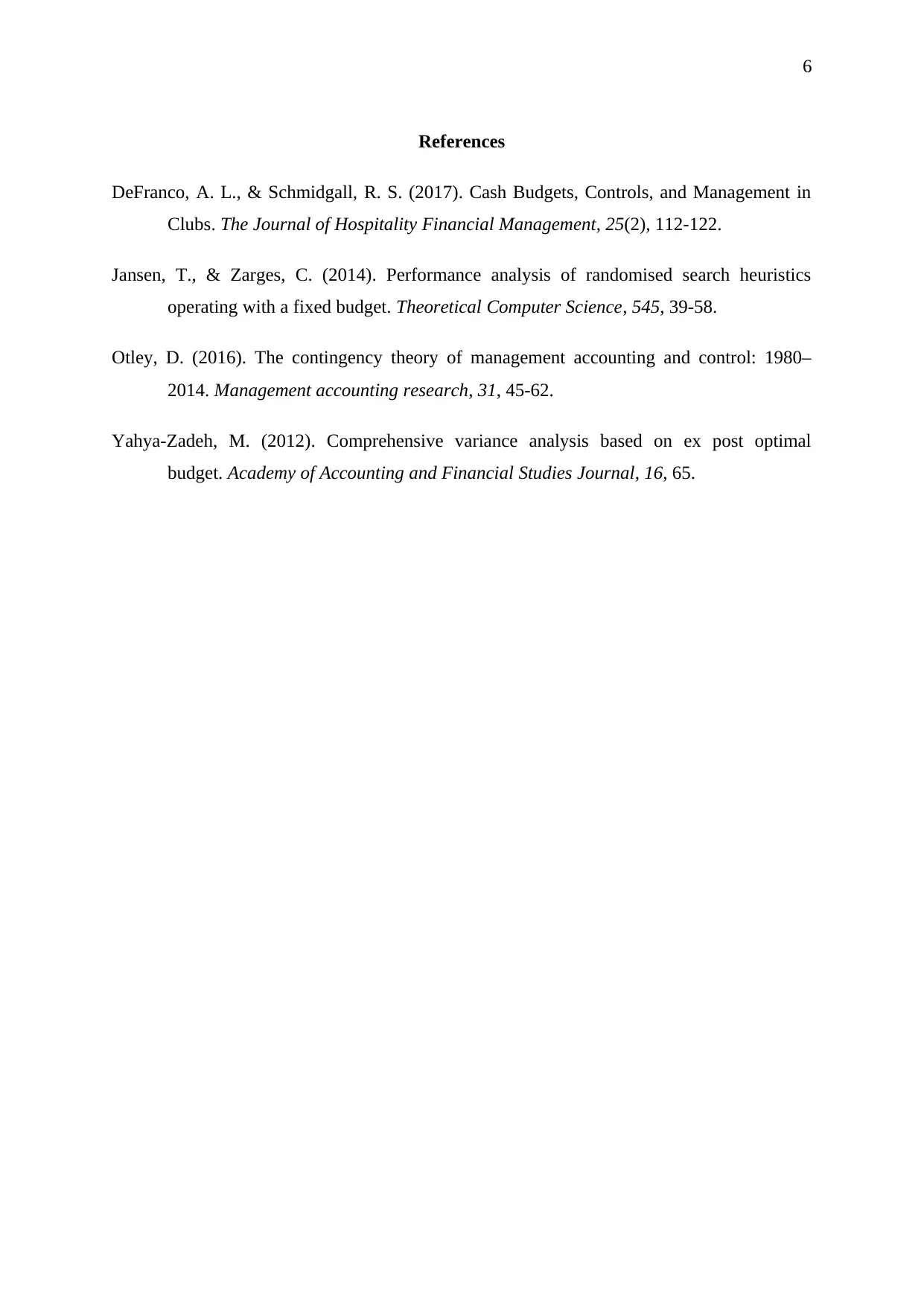





![[object Object]](/_next/static/media/star-bottom.7253800d.svg)